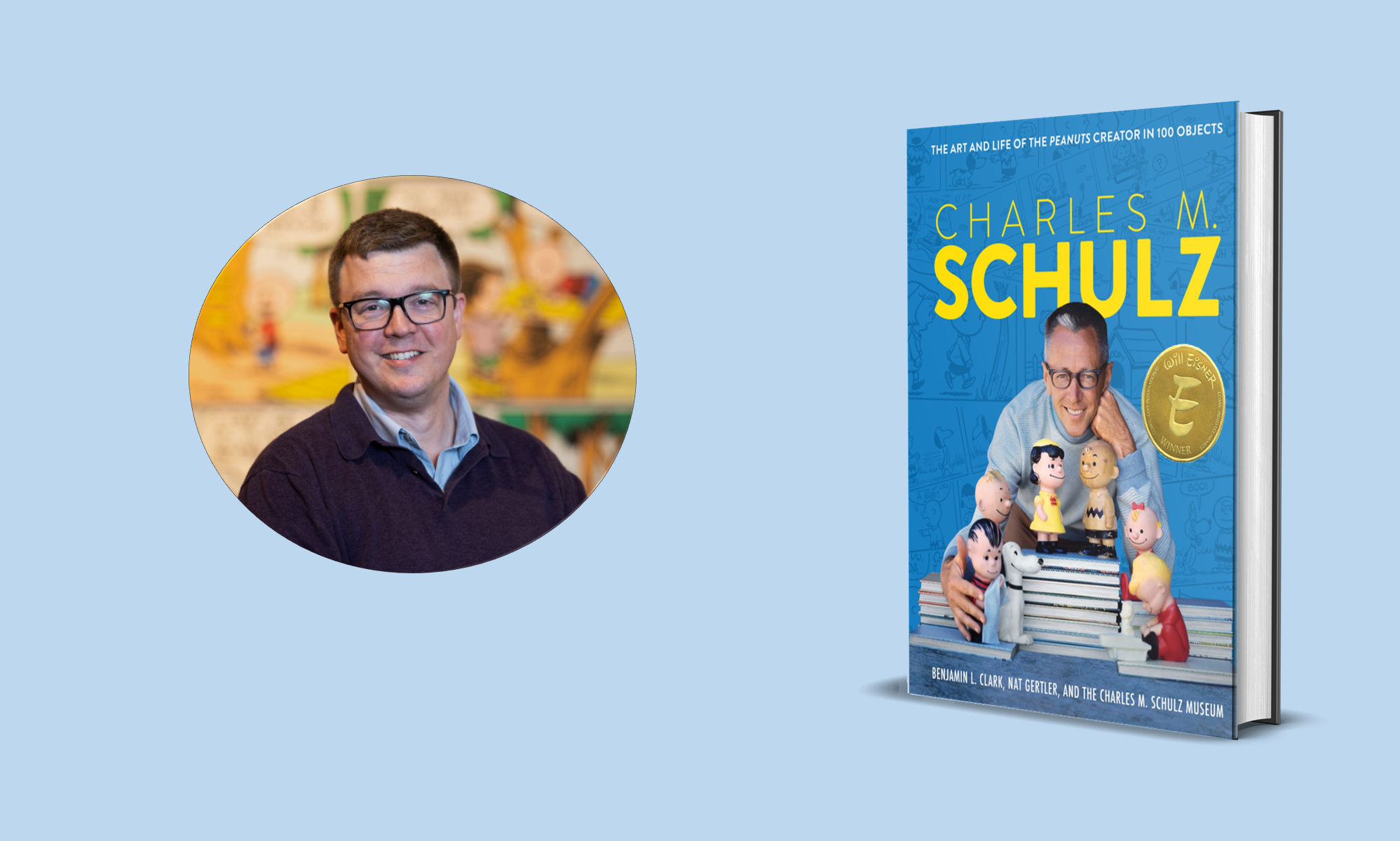“I read hungrily and delightedly, and have realized since that you can’t write unless you read.” — William Trevor.
Noir Renaissance?
A Noir Renaissance?
Probably the best essay I’ve read on noir fiction in a very long time, addressing the whiteness of noir, and the potential of its resurgence, making the point that noir has a place in protest literature. I think it absolutely has that chance, but not many writers take it. I certainly haven’t, but it’s something I’ll think about.
Nicholas Seeley, the author of the article, gives a good definition of noir stories as well:
By “noir,” I mean something more than a general tone of bleakness and dysfunction. … Anglo-American fiction evolved in the grip of a controlling public morality, which demanded the representation of behavior only within certain socially acceptable lines. The classic crime story, the kind written by Sir Arthur Conan Doyle and Dame Agatha Christie, is the whodunit: it takes place in an essentially orderly universe, with a common understanding of good and evil. Crime here is a dangerous anomaly, but order can be restored by a hero-detective who investigates and, eventually, unmasks the criminal: revealing evil for what it is, giving it a physical location in an individual, and in the process, re-affirming the innocence of the other characters.
Noir, as it emerged in the middle of a violent century, said to hell with all that. Its world was chaotic, baroque and hypocritical. Crime doesn’t disturb this world, it’s foundational to it. Noir stories gave the stage to criminals and their motivations, which range from unspeakable passions to a firm conviction that their particular crime serves a greater good. A detective may pursue such a criminal, but noir reveals the line between them to be a product of chance and circumstance—if, indeed, such a line exists at all.


